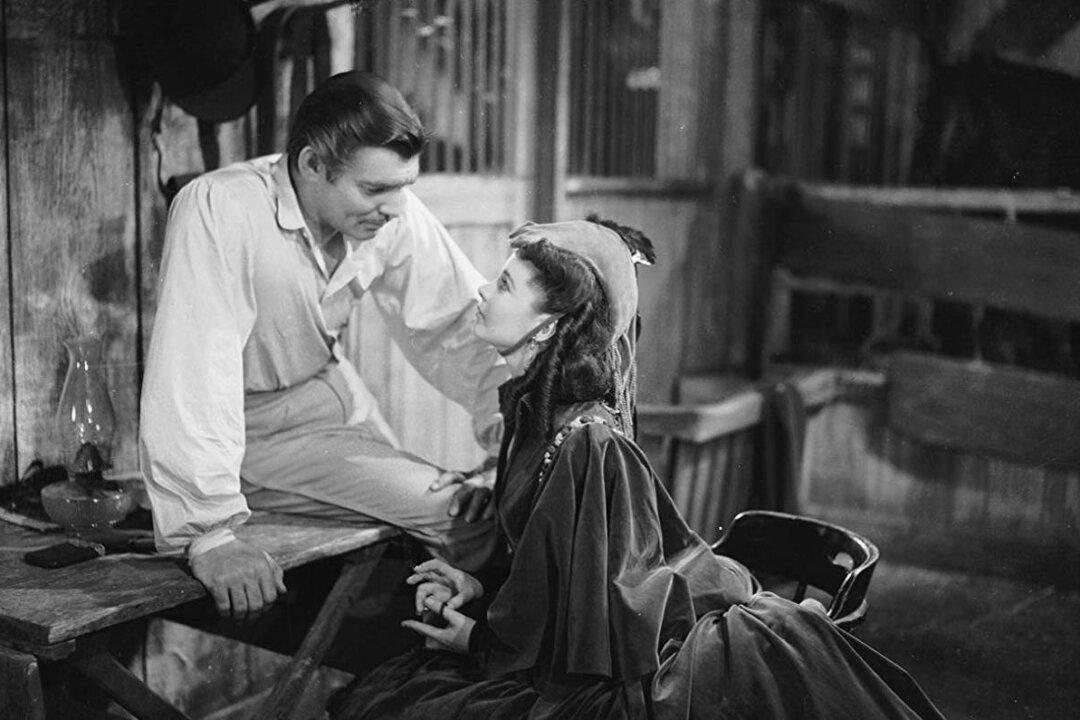Last year, 2019, marked the 80th anniversary of what has been called Hollywood’s greatest year: 1939. Although not everyone agrees that one year can be chosen as the peak of cinema, all film historians concede that 1939 was exceptional.
The two years 1939 and 2019 had many things in common. Both ended a decade. Both saw high film-production because of prosperous economies. Both of these years were marked by a number of blockbusters, many of them long-anticipated.





